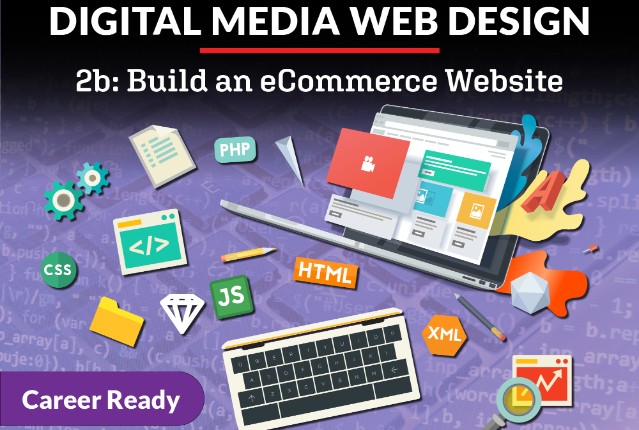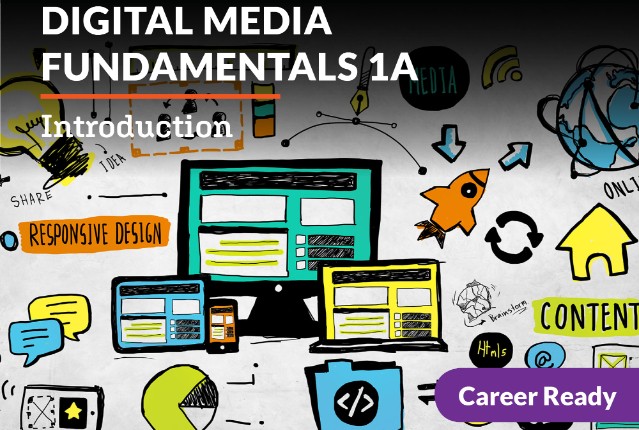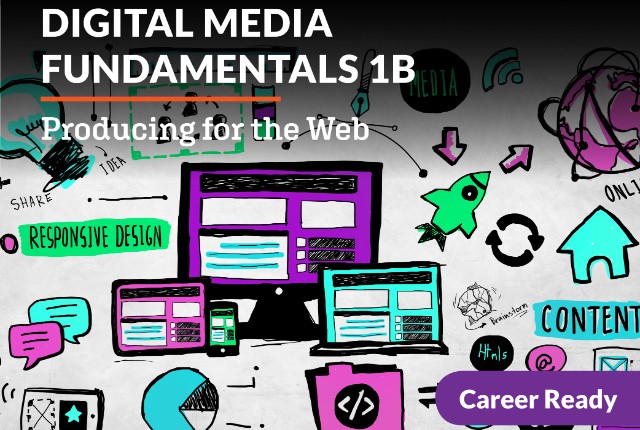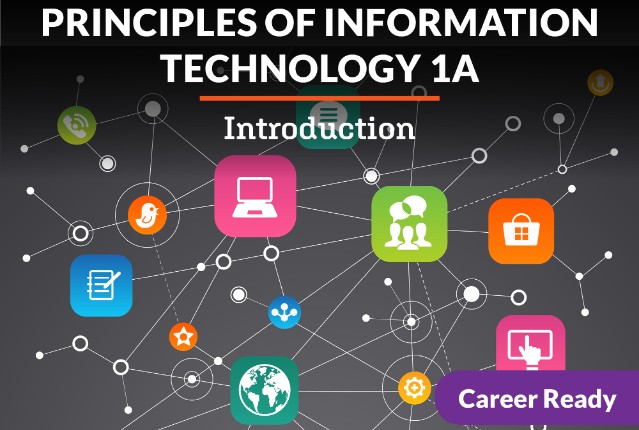
Digital Media Web Design 2b: Build an eCommerce Website
Think of the best online stores you’ve visited. What do you think makes them unique? How do they keep buyers engaged and purchasing? Before you can design a great eCommerce store, it’s essential to understand how one works. Learn the trends, design principles, and security strategies. Explore what it means to adhere to ethical and legal requirements and complying with industry standards and accessibility. It’s time to start designing the next best eCommerce site!
Review course outlineAccess for a year
USD 299.00*
* Choose more courses to get a discount




